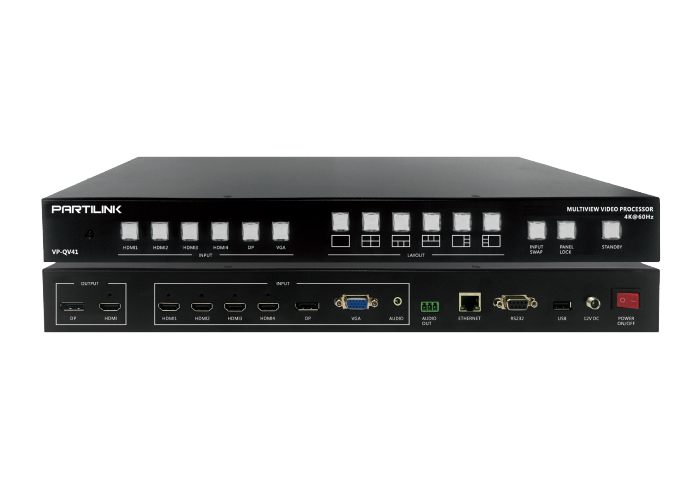

Review the company’s internal IP controls to determine whether they provide sufficient protection.Conduct an initial audit of the company’s China operations to determine IP assets, IP risks, and assign appropriate levels of protection to those assets based on the risk of infringement.To protect their IP in China, companies should follow several steps: Craft and Implement a Corporate IP Strategy in China

This best practices document lays out key strategies and tactics that companies should adopt in their attempt to identify and protect their IP in China, both to prevent IP problems before they occur and to tackle IP infringement once discovered. They often exploit procedural loopholes, proactively seek to invalidate legitimate patents and trademarks, deploy advanced techniques such as reverse engineering, and find new ways to infiltrate legitimate distribution networks and build their own parallel networks. At the same time, counterfeiters and infringers in China are increasingly sophisticated. However, challenges remain, including lingering issues with China’s IP legal framework in areas such as trade secrets, uneven enforcement, and significant procedural barriers that frustrate company efforts to protect IP in China. China’s IP laws and regulations increasingly reflect international standards, and China has indeed made steady efforts to better protect and enforce IP rights. Concern about IP enforcement remains a major factor influencing company strategies and operations in China.

IP enforcement has consistently placed among the top handful of issues raised by US-China Business Council (USCBC) member companies every year in USCBC’s annual membership survey. Intellectual property (IP) is a longstanding, critical concern for companies operating in China.


 0 kommentar(er)
0 kommentar(er)
